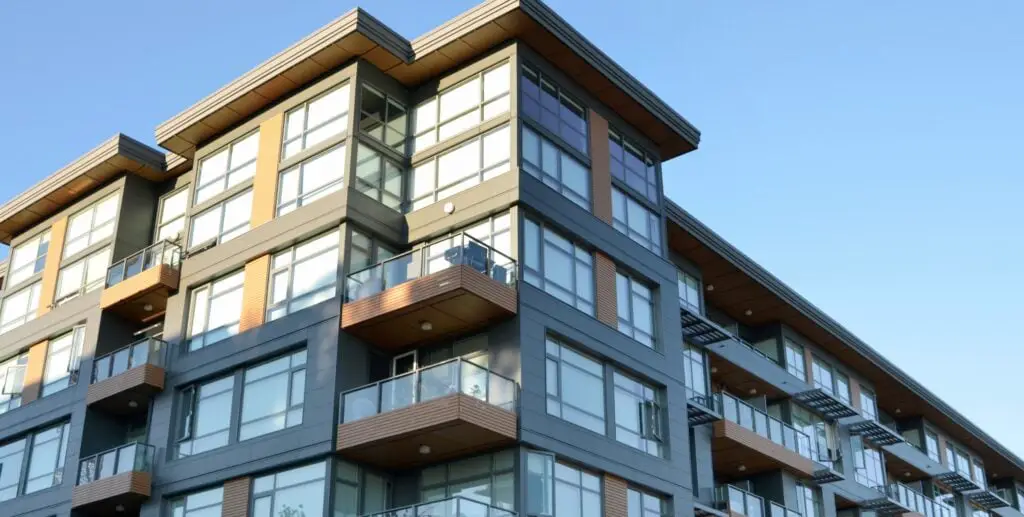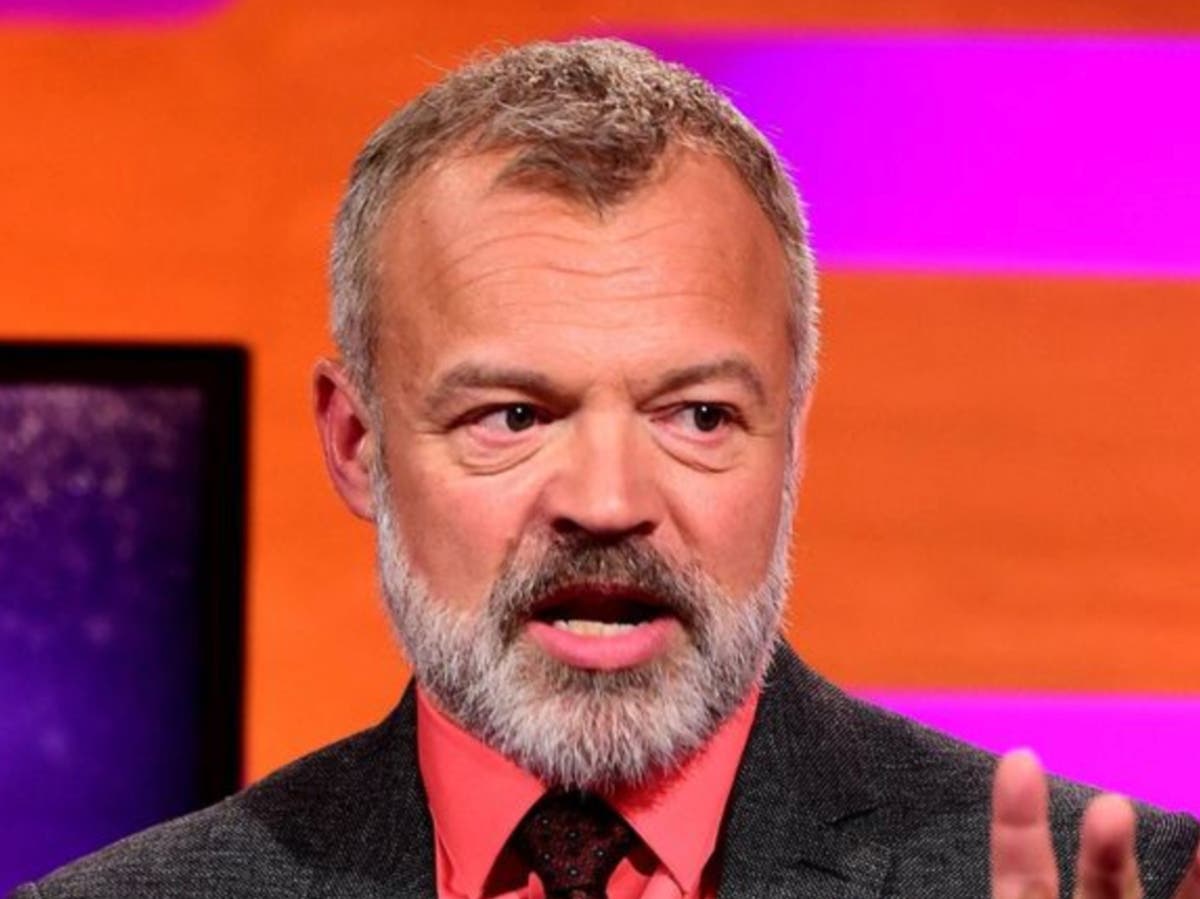The sunny terrace of Mama Angela wine bar is the perfect spot from which to appreciate the splendour of Gorizia’s Piazza della Vittoria. My train from Venice took more than two hours to chug its way here, and I now find it hard to believe I am still in Italy. I’m sipping a delicious Slovene orange wine, other customers are mostly chatting in local dialect and Slovenian, and across the square are a glorious baroque church, a monumental Neptune fountain and romantic pastel palaces, all dating from when this was part of the Austro-Hungarian empire.
But the glory days of Victory Square are long gone. For the moment, Gorizia is one of those rare hidden gems that is simply not on the radar of most tourists, or even most Italians. At the end of the second world war, the city was unceremoniously split between post-Mussolini Italy and communist Yugoslavia. A brutal metal barrier, topped with barbed wire and patrolled by armed soldiers, separated homes and families, as happened in Berlin, but this town’s fate had little attention from the world’s media. All that is set to change.
Thousand-year-old Gorizia and Slovenia’s Nova Gorica – an idealistic “New Gorizia” founded in 1947 on the other side of the border – have succeeded in an audacious joint bid to become the first-ever single European capital of culture to combine cities in two countries.
From February 2025, an ambitious programme of 600 eclectic events – including music, dance, art, theatre, cinema, sport, fashion, ecology and cuisine – will reflect this “borderless” theme. Though tourists from around the world will be welcomed with open arms, official organiser Romina Kocina tells me: “Hopefully, Borderless will create a new single identity for the two cities, the perfect lasting legacy for a European capital of culture.” Gorizian filmmaker Matteo Oleotto puts it more simply: “For me, the two cities have always been one, with locals crisscrossing back and forth, never thinking about which country they were in. But that was never recognised by officialdom. So I hope becoming Europe’s legitimate cultural capital will change all that for the young people living here.”
The full calendar of events will be announced in October, and the official inauguration on 8 February 2025 will see a huge party in the symbolic Piazza della Transalpina, which is still divided in two – one half in Slovenian Nova Gorica, the other in Italian Gorizia. I am here early to border-hop and explore the two Gorizias before the crowds arrive, being sure to always carry my passport, as that is still obligatory in the EU.
Gorizia seduces from the moment I start walking down Via Rastello, for centuries lined by mansions and boutiques, the commercial hub of what the Habsburgs dubbed “the Nice of Austria”. This is a town always looking to fulfil its promise but not always succeeding, so while many shops are shuttered and for sale, some exciting initiatives show that locals are really counting on the future capital-of-culture effect.
A splendid Liberty-style former hardware store, Casa Krainer, now hosts temporary art exhibitions and installations; an ancient osteria has been converted into a stylish but affordable B&B, 1848 – Chef’s Rooms (doubles €90); and Mercatino del Usato is an Aladdin’s cave of recycled and vintage bric-a-brac.
In Piazza della Vittoria, I rent a bike that can be dropped off either side of the border and head for Smart Space, a cutting-edge multimedia museum that provides the perfect introduction to Gorizia’s complex history, including startling virtual-reality experiences of when this region saw some of the first world war’s deadliest fighting. In A Farewell to Arms, Ernest Hemingway’s protagonist, Frederic, lives in a house in Gorizia with a fountain and shady trees in a walled garden.
Smart Space’s sustainable CariGogreen project offers cycle routes into the countryside along the Slovenian frontier, with an audioguide recounting tales of 1916 battles, but I bike over to a crossing point in town where a former Italian border post has been converted into the fascinating Lasciapassare/Prepustnia exhibition. This offers an oral history by Gorizians stranded either side of the border at the time of the 1947 division. Across the street, the Slovenian border post has a more light-hearted Smuggling Museum, dedicated to black market contraband, with a fun Escape Room.
In Nova Gorica proper, the contrasts are immediate. An airy, green garden city inspired by Le Corbusier, it was created 75 years ago as a socialist utopia, with modern flats, straight boulevards, municipal theatres and exhibition halls – but no churches until the breakup of Yugoslavia.
after newsletter promotion
The population is young, too, and there’s a big student community. And, while local Slovenes love to cross into Gorizia for history, culture and food, Italians flood in the opposite direction for a taste of the great outdoors. The fast-flowing Soča River is perfect for kayak racing and rafting, while the surrounding countryside and forests are a maze of bike tracks and walking paths. Further on, in the Vipava valley, lie the picturesque vineyards that have put Slovenia on the wine map for its innovative natural and orange wines.
In the evening, lively Nova Gorica has plenty of craft beer pubs, music bars and burger joints, but looking to taste the region’s traditional cuisine, I return to check out the restaurants of what Slovenes nostalgically call Old Gorizia on the Italian side. Top addresses include Rosenbar, which is elegant but reasonably priced, and whose kitchen has been helmed for more than 30 years by one of the doyennes of the Slow Food movement, Michela Fabbro. Romantic Vecia Gorizia is in the old Jewish quarter. The menu at Antica Osteria al Sabotino changes every week using seasonal local “locavore” ingredients from the adjoining food market, and might include deliciously comforting traditional dishes such as frico, a Montasio cheese and potato pancake; jota, bean and sauerkraut soup; and the Mitteleuropa classic of goulash with polenta.
Owner Mauro Gubana says: “I cannot wait for the Capital of Culture to begin as the border controls we all grew up with seem finally to be disappearing.”
Transport and accommodation were provided by PromoTurismo FVG





